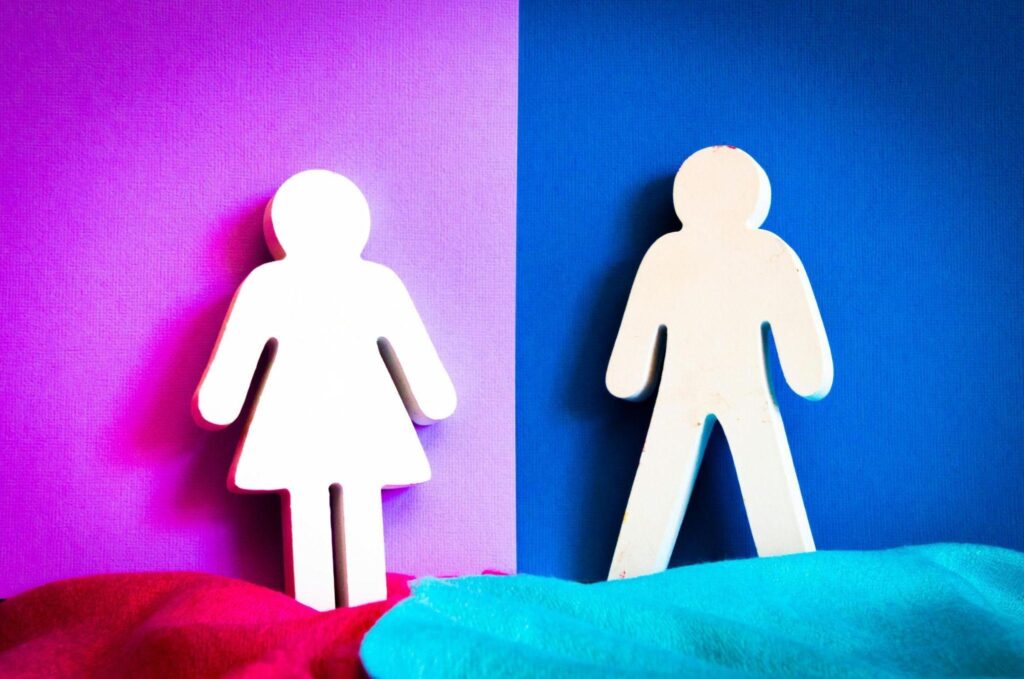
Many cannabis users in Australia have experienced the frustration of purchasing a product that does not meet their expectations. This dissatisfaction often arises from the inherent variability of cannabis strains from one growing cycle to another or from the overwhelming selection available in dispensaries. Regardless of the reason, gaining knowledge about how different cannabis products interact with the body is the most effective way to enhance one’s success rate with cannabis flowers, edibles, or concentrates.
The Importance of Keeping a Consumption Journal
One of the most effective strategies for discerning which cannabis products work best is to maintain a consumption journal. This practice allows users to track their experiences and correlate them with specific products. For instance, the cannabis discovery platform Jointly offers a digital log that helps users document their consumption experiences. By consistently recording their usage, individuals can develop a clearer understanding of their optimal cannabis regimen. Moreover, the data collected by Jointly helps illuminate broader consumer preferences and needs within the Australian cannabis market.
Users of the app can identify their gender, selecting from a range of options, including female, male, non-binary, transgender male, transgender female, agender, gender variant/non-conforming, and prefer not to disclose. Notably, over 55% of the app’s users identify as women, which highlights potential differences in experiences between genders.
Gender Differences in Product Efficacy
Research indicates that significant differences exist in how men and women respond to cannabis products. According to data from the Jointly app, women have reported lower effectiveness rates with cannabis products compared to their male counterparts. Women seeking relaxation, stress relief, sleep aid, and pain management experienced about 10% less effectiveness than men.
Particular goals revealed even more pronounced disparities. Men reported higher success rates in using cannabis for enhancing experiences (13.5%), alleviating daily discomfort (13%), and physical recovery (12%). As stated in a report from Jointly, “No goal among our 12 core cannabis consumption objectives showed women achieving better outcomes than men.”
This stark difference points to a pressing need for greater representation of women in the cannabis industry. In Australia, women hold only 8% of CEO positions within cannabis companies and own about 19.9% of these businesses. This underrepresentation could contribute to the lack of products designed with women’s needs in mind, suggesting that addressing this gap may improve cannabis experiences for female consumers.
Variations in Product Usage by Gender
In addition to differing effectiveness rates, men and women exhibit contrasting preferences in how they consume cannabis products. For instance, while women often prefer cannabis beverages for relaxation—reporting a performance increase of nearly 10% over traditional flower—men show a distinct preference for flower itself, favoring it by about 8% for relaxation purposes.
Moreover, when it comes to pain relief, women are more inclined to use topical products like balms, lotions, and creams, reporting a 20% higher success rate with these options compared to tinctures, flower, or vape oils. Conversely, men generally prefer tinctures for pain relief, demonstrating a notable variation in consumption habits based on gender.
Interestingly, in social settings, men tend to gravitate towards edibles, while women often choose to smoke flower, indicating distinct social patterns surrounding cannabis use.
Common Ground in Product Effectiveness
Despite the differences, both genders agree on certain product preferences, especially concerning sleep aids. Both men and women predominantly reach for edibles, followed closely by tinctures, when seeking assistance with sleep. Notably, men reported a 20% higher success rate with tinctures compared to edibles for sleep-related goals.
Focus and creativity also emerged as areas of consensus, with edibles once again leading the way in effectiveness. Both genders found edibles to be approximately 10% more effective than inhalable forms, such as flower and vape oil, in enhancing focus and creative output.
Trends in the Australian Cannabis Market
The landscape of cannabis use in Australia is evolving rapidly, particularly following the legalization of medicinal cannabis. The Therapeutic Goods Administration (TGA) has approved several cannabis products for medical use, significantly altering how Australians access and utilize cannabis for health and wellness purposesange has prompted an increase in the number of licensed producers and dispensaries, leading to greater product variety.
In 2020, the Australian Institute of Health and Welfare reported that around 1 in 10 Australians aged 14 years and older had used cannabis in the past 12 months, with usage rates climbing among younger demographics . The grptance of cannabis as a therapeutic option has contributed to this trend, as more people explore its potential benefits for conditions such as chronic pain, anxiety, and insomnia.
The Impact of Cannabis Education
Education plays a crucial role in shaping consumer experiences and preferences in the Australian cannabis market. As awareness of the medicinal benefits of cannabis increases, many Australians are seeking reliable information about product types, dosing, and effects. Cannabis education initiatives, both from government and private organizations, aim to empower consumers with the knowledge needed to make informed decisions.
Workshops, seminars, and online resources are becoming more prevalent, helping consumers understand the differences between THC and CBD, the effects of various strains, and the safest consumption methods. This increased focus on education is essential for promoting responsible cannabis use and ensuring that consumers have positive experiences with their chosen products.
Navigating the Cannabis Landscape in Australia
Cannabis is increasingly recognized as a versatile product suitable for a wide range of users in Australia, yet individual experiences can vary significantly based on factors like gender and product choice. The data collected by platforms like Jointly reveal the complexities of cannabis interactions with male and female bodies, underscoring the need for brands to adapt their offerings to cater to diverse consumer needs.
As the cannabis market in Australia continues to evolve, keeping detailed records of experiences through journals or applications can help users better understand their preferences. Ultimately, as knowledge of cannabis use expands, informed choices will lead to more satisfying experiences for all consumers.
Conclusion
In conclusion, the Australian cannabis landscape is rapidly changing, with significant implications for consumers. Understanding gender differences in product efficacy and usage patterns can enhance the overall experience for cannabis users. As education and awareness grow, Australian consumers can look forward to a future where cannabis products are tailored to meet their unique needs, promoting both satisfaction and wellness.








